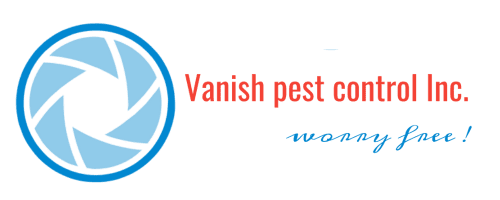Noise In my kitchen wall ! Is it a Rat or Squirrel
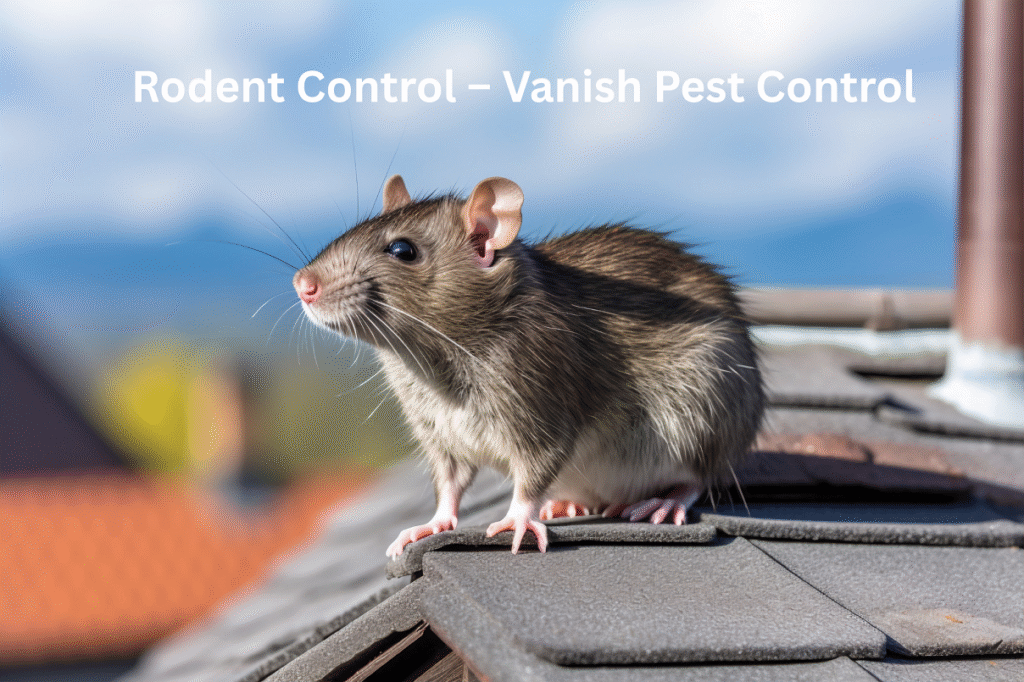
Scratch, Scratch, Scamper: Is it a Rodent or a Squirrel in Your Wall? Hearing strange noises inside your walls can be unsettling. Is it just the house settling, or could you have unwanted guests? Rodent Control – Vanish Pest Control If the sounds are scurrying, scratching, or gnawing, you might have rodents or squirrels. But […]
The Importance of Hiring Expert Pest Control Services

Introduction to Pest Control Pest control is a critical aspect of maintaining both residential and commercial spaces, involving the management and elimination of various unwanted insects and organisms that can disrupt our environments. This discipline encompasses a range of strategies aimed at preventing or eradicating pests and ensuring the safety and health of occupants. Pests […]
Powerful Strategies to Safeguard Your Home from Bedbug Infestations

Powerful Strategies to Safeguard Your Home from Bedbug Infestations Why Bedbug Prevention Matters Bedbug infestations can be a nightmare, causing sleepless nights, itchy bites, and stress. These tiny, blood-sucking pests are notoriously hard to detect and eliminate. Protecting your home requires vigilance, preventive measures, and effective treatment solutions. Understanding their habits and taking early action […]
How to Protect Your Home from Future Pest Infestations in the GTA
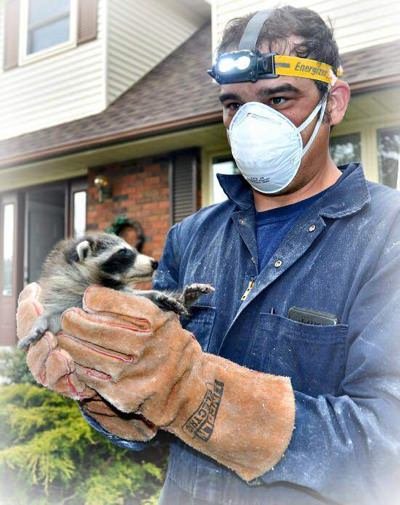
Understanding Common Pests in the GTA The Greater Toronto Area (GTA) is home to a diverse range of pests that can pose significant challenges to homeowners. Among the most common are rodents, ants, cockroaches, and termites. Each of these pests has unique behaviors and breeding patterns that facilitate their survival and proliferation in residential environments. […]
Raccoons and Squirrels in the GTA: Prevention, Removal & Professional Help

Understanding the Problem: Raccoons and Squirrels in the GTA In the Greater Toronto Area (GTA), raccoons and squirrels are prevalent urban wildlife that significantly impact residential spaces, particularly during the winter months. As the temperature drops, these animals instinctively seek shelter and food in warmer environments, often making homes their refuge. Raccoons, notorious for their […]
How to Protect Your Home from a Cockroach Infestation
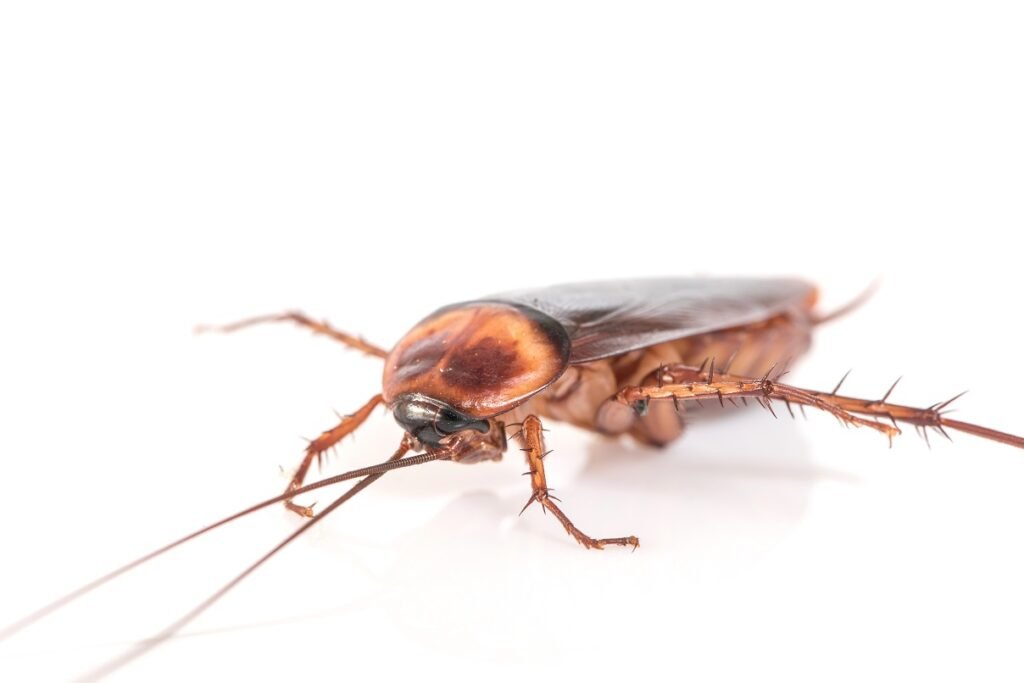
Understanding Cockroach Behavior for Cockroach Infestation Before diving into how to protect your home from cockroaches, it’s essential to understand their behavior. Cockroaches are nocturnal insects that prefer dark, moist environments. They are also opportunistic feeders, consuming almost anything, from food scraps to paper and even hair. This makes kitchens and bathrooms their favorite spots. […]
Understanding and Preventing Wasp Infestation In The Future
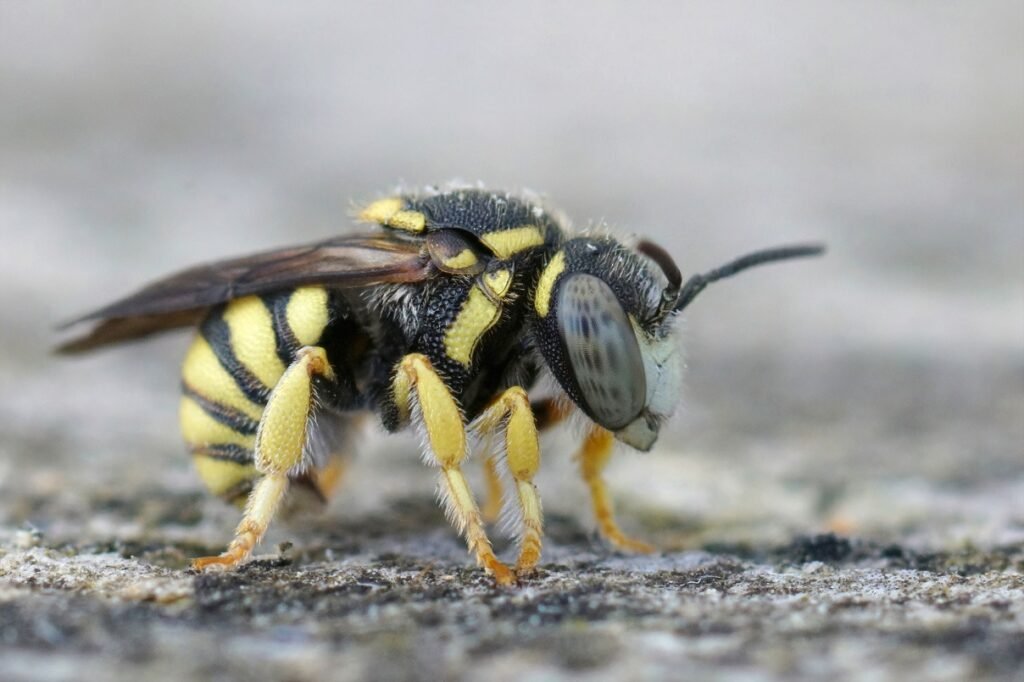
WASP INFESTATION: THE FASCINATING BUT MISUNDERSTOOD INSECTS WASPS, the sleek and striking insects, are often misunderstood and even feared by many of us. But did you know that wasps play an important role in our ecosystem? They are natural pest controllers, assisting in the control of other insects and grubs, and they are important pollinators, […]
Termite Infestation: Causes, Protection, and Treatment
Termite Extermination – Vanish Pest Control Termites are silent destroyers that can cause severe damage to your property if not detected and managed promptly. Understanding termite infestation, including its causes and effective methods for protection and treatment, is essential for every homeowner. Termite Picture Causes of Termite Infestation Termites are attracted to environments where they […]
Why Choose Professional Pest Control Services?
1. Expert Knowledge and Experience Professional pest control technicians are trained to identify and eliminate various types of pests. They understand the behavior and biology of pests, allowing them to implement the most effective treatment strategies. This pest control service expertise ensures that infestations are addressed quickly and thoroughly, preventing future problems. 2. Safe and […]


